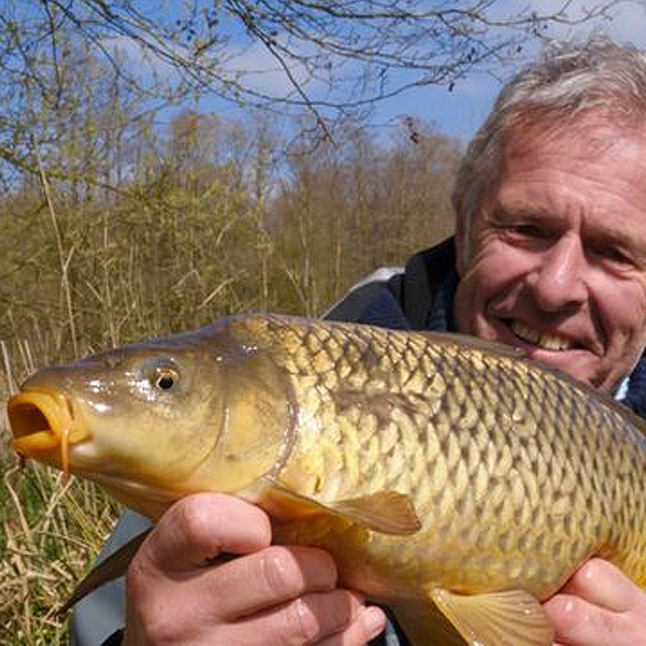7 April 2021
Wild Carp Trust President John Bailey has been scouring the UK for heritage strains of carp.
Writing in the Eastern Daily Press, he said:
I’ve been out and about this week as work has demanded that I drive to the extreme north and west of the UK. The entire 1,500 miles have been cleared by the authorities so I am not angling’s equivalent of Dominic Cummins. A part of my remit has been to look into the status of two of our rarest freshwater fish species, the ferox trout and the wild carp.
Ferox are great predatorial brown trout that live in the vast glacial lochs of Scotland, Ireland and Wales so we have not had many of them sighted in Norfolk. Wildies, though, are a different kettle of oddity. Oldies like me will think of them as long, lean, fully-scaled carp of the type the monks ate a thousand years ago. They were extremely common here in the East until around 1960 when one water after another came to be stocked by strains of fast-growing mirror and common carp brought in from the continent. It proved to be a situation a little like the grey/red squirrel scenario wherein the wild carp were gradually shunted into oblivion by their bullish, larger relatives. I have found some evidence that wildies still flourish in the extreme west of the UK and I wonder if there is some hope of re- establishing them here in the east?
